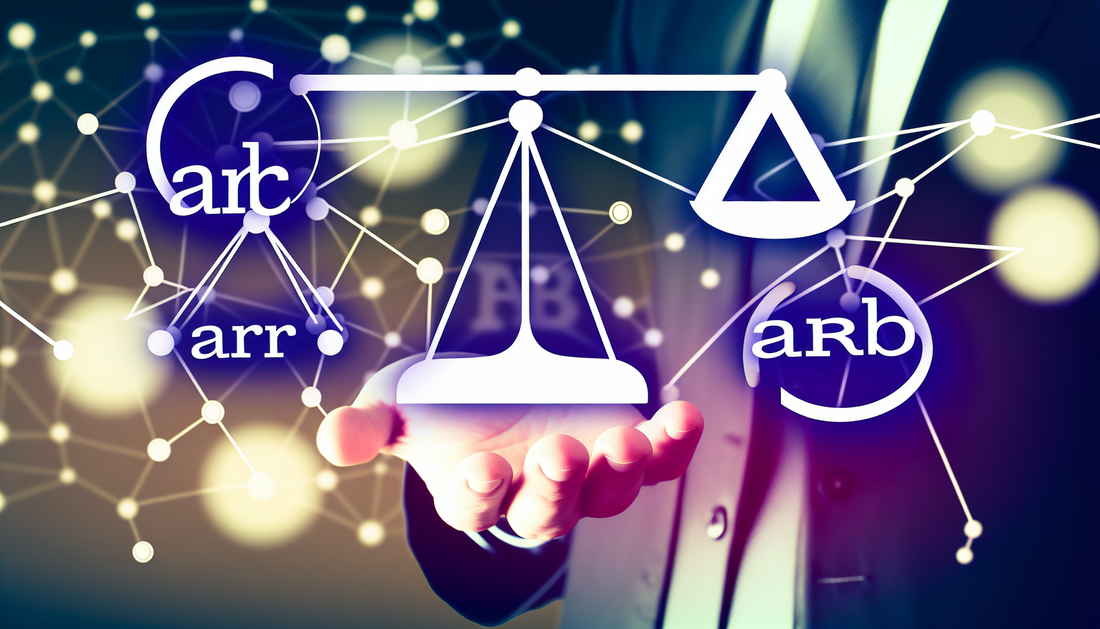
The Evolution of Arbitrum: Ethereum's Layer 2 Revolution
Share
History of Arbitrum: A Journey Through Layer 2 Evolution
Arbitrum, a groundbreaking Layer 2 scaling solution for Ethereum, has a rich history marked by innovation and development. It was created to address Ethereum's scalability issues, providing a more efficient environment for decentralized applications (dApps) and transactions.
The journey of Arbitrum began with Offchain Labs, a company founded by Ed Felten, Steven Goldfeder, and Harry Kalodner. These visionaries sought to enhance blockchain performance without compromising on security. Arbitrum was unveiled, introducing Optimistic Rollup technology that gained attention for its potential to process many transactions off-chain before finalizing them on Ethereum's mainnet.
Optimistic Rollups enabled Arbitrum to significantly lower gas fees and increase transaction throughput. The innovative approach aimed at solving Ethereum's notorious congestion and high transaction costs, offering developers a new avenue to deploy smart contracts more efficiently. Arbitrum's rollups bundle multiple transactions, executing them off-chain to reduce the load on Ethereum's network while maintaining a high level of security and trustlessness.
Arbitrum's rise was accompanied by the launch of Arbitrum One, its mainnet, which has played host to various dApps and protocols keen to leverage its enhanced capabilities. The success of Arbitrum One demonstrated the viability of Layer 2 solutions in alleviating some of Ethereum's most critical challenges.
Arbitrum's ecosystem saw significant growth as leading projects and protocols embraced the technology to enhance their offerings, enabling them to cater to a broader audience. The ecosystem expansion was a testament to Arbitrum's effectiveness and the growing demand for scalable blockchain solutions. For those intrigued by Layer 2 solutions and seeking to dive deeper into related topics, exploring articles like A Deepdive into FLUX provides valuable insights into comparable innovations.
Despite its promising trajectory, Arbitrum, like any other technology, faces its share of competitive and technical challenges. The broader DeFi and dApp communities continuously assess and iterate upon Layer 2 solutions to enhance blockchain's adoption and usability. As stakeholders focus on fostering robust governance structures, those interested in decentralized decision-making could find reading about LGO Governance: Power to the People insightful.
Arbitrum's journey highlights the evolving landscape of blockchain technology, showcasing how innovative solutions are paving the way for a more scalable and efficient future.
